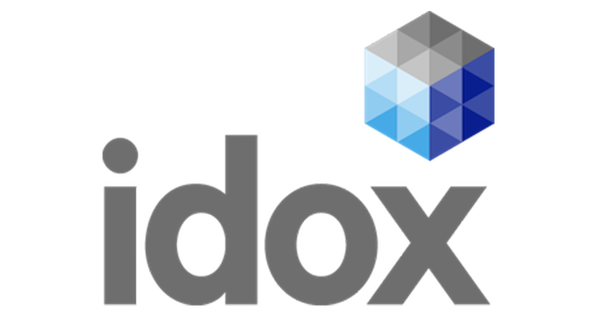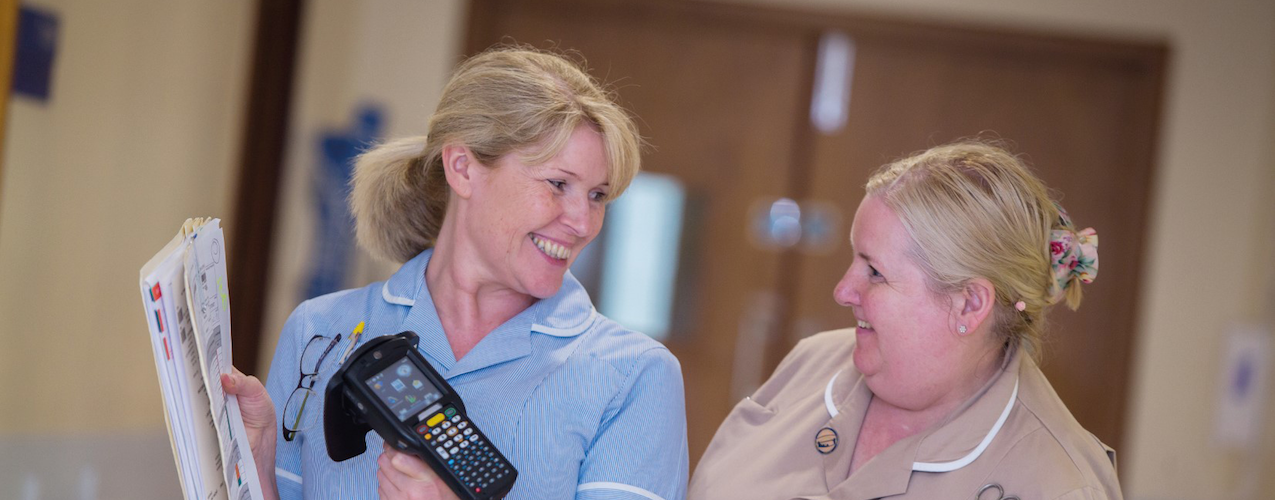Barking, Havering and Redbridge University Hospitals NHS Trust
Embracing digital technology to increase clinical availability and drive patient satisfaction and safety
Challenge:
Implementing a safer patient journey
Following a Care Quality Commission (CQC) inspection in 2013, Barking, Havering and Redbridge University Hospitals NHS Trust (BHRUT) was placed into special measures, prompting the launch of an improvement plan to guide the successful transformation of its Health Records department. Implementing a more effective health records management system was a pivotal part of this plan. Previously, around 40% of the Trust’s medical documentation was out of the main records library at any one time, and without the digital tools needed to track these, up to 10% of clinics failed to have the necessary health records, leading to cancellations and complaints. Unable to consistently deliver a high-quality service to its patients, the Trust embarked on a major turnaround project with digital technology at its heart.
Solution:
Locating information quicker with track and trace technology
BHRUT rolled out iFIT, Idox’s hospital inventory and records management solution, and has been working with the company since 2015. GS1-compliant and operating via a network of mounted RFID sensors in corridors, wards and treatment areas, the solution enables the Trust to detect and record the precise location of tagged items moving around its multiple hospital sites and main records library, with the help of handheld devices. With the ability to track medical records digitally, BHRUT staff have been able to accelerate the retrieval process and ensure clinicians have the right information at the right time, facilitating a safer, more efficient patient journey. Speaking about the decision to work with Idox, Andrew Raynes, IMT Programme Director at BHRUT said: “We were getting complaints from our patients which was understandable; we were having to cancel clinics and we needed to do something about it. “We deployed iFIT within five months of buying the solution, which was excellent – and from my understanding – was an unprecedented deployment timetable delivered through careful planning, rigorous business processes and excellent input from all involved.” iFIT also enables the team to achieve the same level of visibility of its hospital assets. “To be in a position where there is a potential to overspend on buying the same items of equipment – because you don’t know where they are – is inexcusable in this day and age”, comments Andrew. “Clinical staff can spend hours looking for equipment and it’s just wasted time. Track and trace technology is fantastic in enabling us to know where an item of equipment is at the press of a button.”
We’ve seen a return of £2.4 million over three years with 84% of that business case achieved within five or six months of deployment – so it’s really effective and the return has been rapid.
Andrew Raynes
IMT Programme Director
Barking, Havering and Redbridge
University Hospitals NHS Trust
Outcome:
Exceeding expectations and delivering timely patient care.
The Idox platform has revolutionised the way the Trust stores, tracks and locates health records and assets, significantly improving patient safety and reducing spend on unnecessary equipment. Commenting on the product’s success, Andrew continues: “We’ve experienced somewhere in the region of a 700% increase in productivity in the filing of our records, and have been able to put on around 12% additional clinics. “By far the biggest improvement has been the ability to increase the safety at which we can see patients – with the knowledge that the record is there when the patient arrives. For staff, it provides a very good feeling because we’ve come from a position of falling well below service, to one that is now exceeding our expectations.” According to the Trust, iFIT has also delivered a strong return on investment, and has been instrumental in helping the team benchmark performance, demonstrate progress and set KPIs. “For just under a £1 million investment, we’ve seen a return of £2.4 million over three years with 84% of that business case achieved within five or six months of deployment – so it’s really effective and the return has been rapid”, says Andrew. “Up until two years ago, we didn’t have many metrics other than to say the record hadn’t turned up and the patient has gone. Now, we have a real grip on where our records are thanks to staff equipped with handheld scanning devices that can locate records very quickly. We work five sessions ahead, and the technology tells us whether we’re on track to meet that standard or not.”






